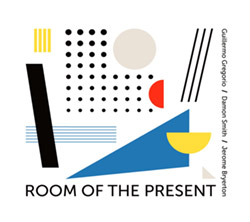
Two performances of Chicago reedist and composer Guillermo Gregorio's graphic score "Moholy 2", inspired by the artwork of László Moholy-Nagy, recorded in two conductions at the Experimental Sound Studio in Chicago in 2007 & 2008 by the trio of Gregorio on clarinets & alto sax, Damon Smith on double bass, and Jerome Bryerton on percussion, cymbals and drums.
In Stock
Quantity in Basket: None
Log In to use our Wish List
Shipping Weight: 3.00 units
EU & UK Customers:
Discogs.com can handle your VAT payments
So please order through Discogs
Sample The Album:
Guillermo Gregorio-Bb clarinet, A clarinet, alto clarinet, alto saxophone, conduction
Damon Smith-double bass
Jerome Bryerton-percussion, selected cymbals, drums
Click an artist name above to see in-stock items for that artist.
UPC: 5905279364899
Label: Listen! Foundation (Fundacja Sluchaj!)
Catalog ID: FSR 03/2021
Squidco Product Code: 29975
Format: CD
Condition: New
Released: 2021
Country: Poland
Packaging: Cardboard Gatefold
Recorded at Experimental Sound Studio, in Chicago, Illinois, in 2007 and 2008, by Todd Carter.
"This album is structured around two performances of Guillermo Gregorio's graphic score "Moholy 2", inspired by the remarkable art and ideas of László Moholy-Nagy (1895-1946). More about him later. Gregorio's fascinating score, illustrated here, deserves center stage.
In the complete score, at top, shapes float in a blank void. Bars of notated music and sections of musical staff are the only reminders of a conventional score. Look at them again and imagine that you can't read music. Black dots scatter, one by one, across five parallel, horizontal lines. Gregorio isolates the dot and the line and reimagines them as the vocabulary for a new visual language that only exists in this universe. Dots grow into circles and shrink into specks. They rotate to form ellipses and cut off into hemispheres and circle segments. Lines wander and multiply, streak across the void at dynamic angles and assemble with martial order to create geometric shapes. One renegade line in the upper right arranges itself into a nest of intertwined triangles. Like all good graphic scores, "Moholy 2" offers the performer countless variations of simple units to interpret.
But this complete score with all its richness is only part of a two-layered system. A second sheet, which Gregorio calls a "mask," sits on top of the complete score, blocking it except for twelve open circles that focus the performer's attention on specific passages. Moving the mask invites the potential for endless permutations. For these performances, black-and-white versions of the score were used, but the color versions illustrated here introduce a new layer of complexity.
The score's hybrid status as art and music, its geometric abstraction, elegant simplicity, and infinite variety, continue the spirit of Moholy's expansive art. A polymath, he introduced Russian-style constructivism to Berlin, led the Bauhaus metal workshop, worked as a set and lighting designer for experimental theaters, and founded the New Bauhaus in Chicago, now the Institute of Design, all before his death at the age of 51. Even more impressive are his writings, which open a window into one of the 20th century's most inquisitive minds. In his first book, Painting, Photography, Film published in 1925, Moholy exhorted his reader to understand art as part of the Gesamtwerk, the wholeness of life, a vast integrated totality of action and idea. More than his paintings, Moholy's words continue to inspire creative artists like Gregorio today."-Melissa Venator

The Squid's Ear!
Artist Biographies
• Show Bio for Guillermo Gregorio "Born in Buenos Aires, Argentina, in 1941, American composer and clarinet player Guillermo Gregorio has lived variously in Europe and the United States since 1986. Leading his Chicago-based trio and other ensembles, Gregorio has performed extensively, and his compositions have been recorded on numerous CDs by the Swiss label hatART and the American labels New World Records, Atavistic, and Nuscope, among others. His works have been played by noted New Music ensembles in the USA and Europe, among them Makrokosmos Ensemble (Switzerland) , Ensemble N_ER (EU), International Contemporary Ensemble (USA), Fonema Consort (USA), and the Maverick Ensemble (USA). In addition, as an instrumentalist, Gregorio has worked with many experimental and improvisational groups, including those that recorded the music of Cornelius Cardew, Anthony Braxton, and Philip Corner, among other contemporary composers (see discography for details). As a composer and improviser, Gregorio has collaborated with Fred Lonberg-Holm, Ran Blake, Steffen Schleiermacher, Steve Swell, Jim O'Rourke, Ken Vandermark, Mats Gustaffson, Axel Dörner, Josh Abrams, Jeff Parker, Jason Adasiewicz, Carrie Biolo, George Graewe, Franz Koglmann, Thomas Lehn, Heiner Reinhardt, Le Quan Ninh, Akikazu Nakamura, Ab Baars, Sebi Tramontana, Mary Oliver, Klaus Koch, Gene Coleman, Enrique Gerardi, Paulo Alvares, Vinko Globokar, Makrokosmos Quartet, François Houl, and Stephen Dembski, among others. He participated in the Argentine experimental music scene throughout the 1960s, '70s, and early '80s. His involvement with New Music included both composing and playing clarinet, saxophone and miscellaneous instruments in the Movimiento Música Más (Fluxus Group), the Experimental Group of Buenos Aires, and the Group of Contemporary Music of La Plata, featuring Fluxus events, multi-media spectacles, environmental pieces, and experimental concerts. Some of his earlier work in Argentina is available in the CD Guillermo Gregorio: Otra Música. Tape Music, Fluxus and Free Improvisation in Buenos Aires 1963-70 (Atavistic UMS/ALP209CD). After leaving Buenos Aires Gregorio had the opportunity to experience the European creative music scene of the middle '80s, i.e. the fruitful convergence of Free Jazz and 20th-century music and its interconnections with visual art. The interaction with composers and artists of that milieu constituted an indelible mark in his further explorations. Gregorio-a visual artist himself-has frequently explored the intersection of visual and musical experience. His involvement in visual arts and design is a central influence in his music. In his series entitled "Madi Pieces" and "Coplanars" (1999-2005) Gregorio used Constructivist and geometrically generated ideas in scores ranging from conventionally notated material to graphic systems and open structures. In these compositions, a reinterpretation of the fundamental and structural concepts of Constructivism converges with the historical experiences of Argentinean Conceptualism, Fluxus, intermedia synthesis, and graphic realization. In January 2001, he founded the Madi Ensemble of Chicago, which performed original and historical scores that draw from the conceptual foundation of diverse Argentinean avant-garde currents. His scores related to that period have been exhibited in numerous shows at galleries and institutions, among them the Block Museum of Art (Northwestern University, Evanston, IL), Chelsea Museum of Art (NY), Kettle's Yard Gallery (University of Cambridge, UK), and Elastic, Sound & Vision Gallery (Chicago). Some of Gregorio's works belong to the permanent collections of the MADI Museum and Gallery in Dallas, Texas, and the Centre d'Art Geometrique MADI in Paris. His works have been published in Leonardo, Journal of the International Society for the Arts, Sciences and Technology, Notations 21 (Mark Batty Publisher), Noon Literary Annual, and other specialized publications. His series of pieces entitled "Otra Música" (2005 to the present), composed using conventional notation, focus on history and critical issues as well as syntactic aspects of texts and music. Still maintaining the openness of the works from the former period, the name of the series-"Otra Música"-refers to the title of a monthly column on experimental and avant-garde sounds that Gregorio wrote for a specialized magazine in Buenos Aires during the early '70s. Currently, Gregorio's interests are related to improvisation and "composition in real time" playing clarinet, in addition to the aforementioned compositions. Gregorio has a degree in Architecture, and has worked as a graphic designer. As an educator he taught history and theory of architecture at the University of Buenos Aires, Argentina, and history of industrial design and visual communication at the University of La Plata, Argentina. In the USA he has taught history of 20th-century art and art appreciation at Purdue University North Central, Indiana, sound improvisation at the School of the Art Institute, Chicago, and worked as advisor of Grad Projects in the Sound Department of that School. At the present time Gregorio teaches History of Communication Design at Columbia College, Chicago." ^ Hide Bio for Guillermo Gregorio • Show Bio for Damon Smith "Damon Smith studied double bass with Lisle Ellis and has had lessons with Bertram Turezky, Joëlle Leandré, John Lindberg, Mark Dresser and others. Damon's explorations into the sonic palette of the double bass have resulted in a personal, flexible improvisational language based in the American jazz avant-garde movement and European non-idiomatic free improvisation. Visual art, film and dance heavily influence his music, as evidenced by his CAMH performance of Ben Patterson's Variations for Double Bass, collaborations with director Werner Herzog on soundtracks for Grizzly Man and Encounters at the End of the World, and an early performance with the Merce Cunningham Dance Company. Damon has collaborated with a wide range of musicians, including: Cecil Taylor, Marshall Allen (of Sun Ra's Arkestra), Henry Kaiser, Roscoe Mitchell, Michael Pisaro, Wadada Leo Smith, Marco Eneidi, Wolfgang Fuchs, Peter Brötzmann and Peter Kowald. After many years in the San Francisco Bay Area, and five great years in Houston, Texas working regularly with Alvin Fielder, Sandy Ewen, David Dove & Chris Cogburn, Damon will move to the Boston area in the fall of 2016. Damon has run Balance Point Acoustics record label since 2001, releasing music focusing on transatlantic collaborations between US and European musicians." ^ Hide Bio for Damon Smith • Show Bio for Jerome Bryerton "Jerome Bryerton's artistic expression evolved from years of playing drums in rock, jazz and experimental groups. Performing solo or collaboratively, he's toured and recorded internationally with many notable improvisers. Jerome is also part owner of a large industrial silk screening operation in Chicago. While some may perceive a factory to be the antithesis to the creative process, Jerome's imagination has been known to incorporate the errors of assembly line production into some of his art. Rejected test prints often made their way into many of his early canvases. Strictly working within the medium of oil on canvas and applied with plexiglass. Jerome's dense, moody abstractions and marbleized colors have been said to evoke controlled chaos, blurred memory and decay. His influences range from Masters such as Gerhard Richter, Anselm Kiefer, Luc Tuymans and Cy Twombly. Self-taught and skilled in improvisation, Jerome believes that everything starts with curiosity: if you're curious about something and you're willing to learn more about it, everything happens by itself." ^ Hide Bio for Jerome Bryerton
3/26/2025
Have a better biography or biography source? Please Contact Us so that we can update this biography.
3/26/2025
Have a better biography or biography source? Please Contact Us so that we can update this biography.
3/26/2025
Have a better biography or biography source? Please Contact Us so that we can update this biography.
Track Listing:
1. Improvisation 4 4:51
2. Moholy 2 Take One 6:57
3. Madi Piece Nr. 1: Planimetria 8:10
4. Cards 10:10
5. Coplanar 1+2 7:35
6. Improvisation 1 6:22
7. Improvisation 2 10:18
8. Madi Piece Nr. 2 6:13
9. Moholy 2 Take Two 4:54
10. Othra Musica 4b 6:09
11. Improvisation 3 6:40
Improvised Music
Jazz
Free Improvisation
Graphic Scores
Chicago Jazz & Improvisation
Trio Recordings
Chamber Jazz
Search for other titles on the label:
Listen! Foundation (Fundacja Sluchaj!).

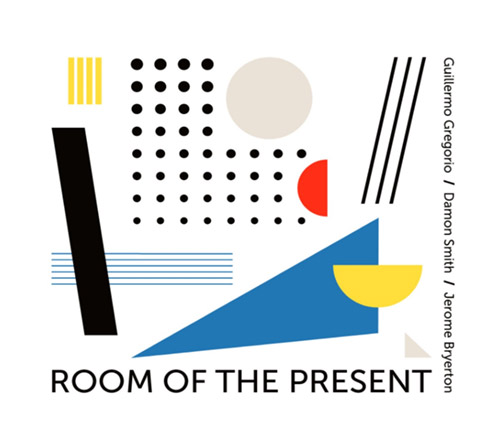
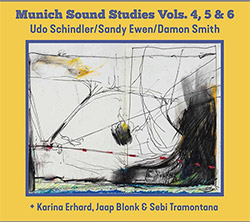
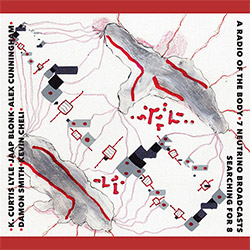
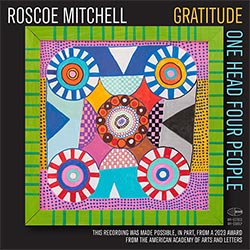
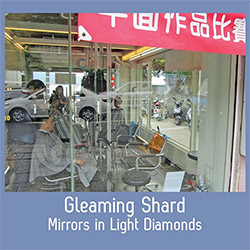
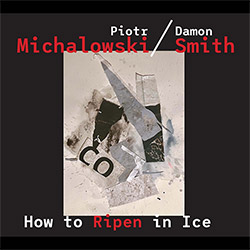
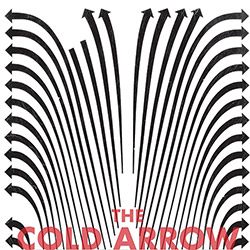
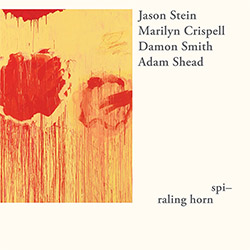
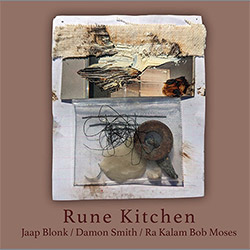
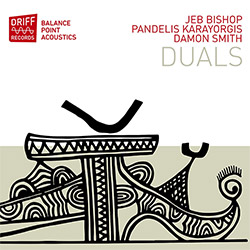
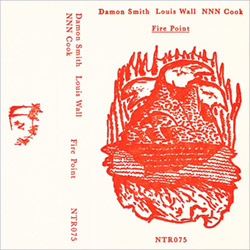
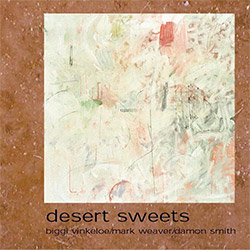
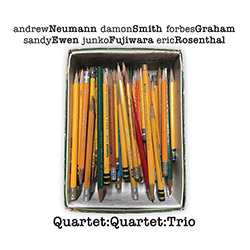
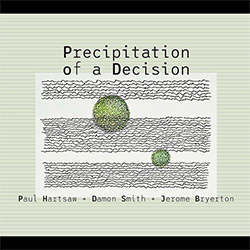
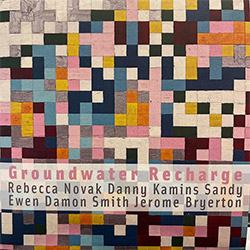
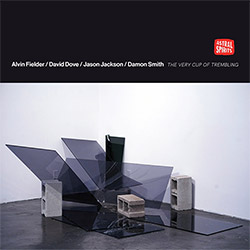
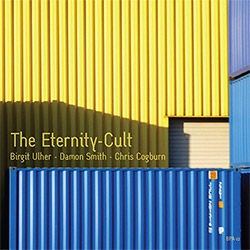

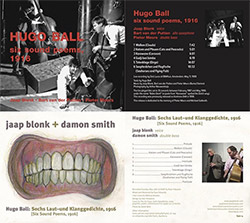
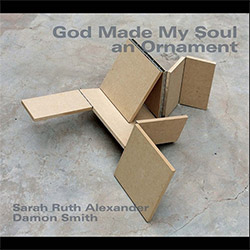
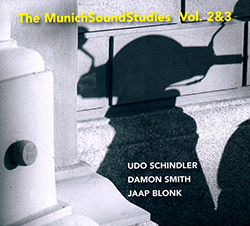
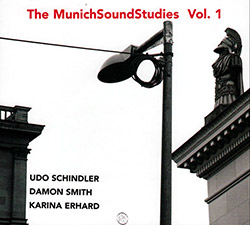
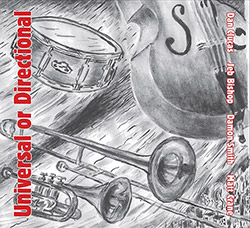
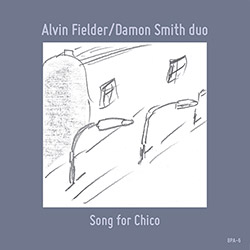
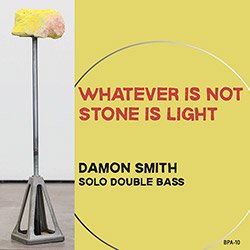
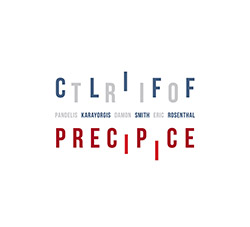
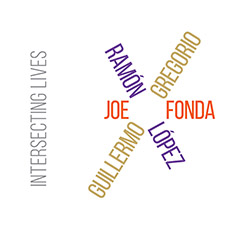

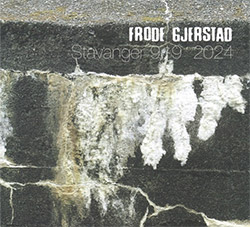
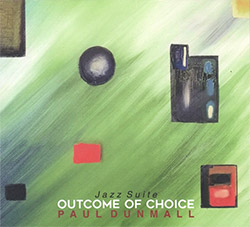

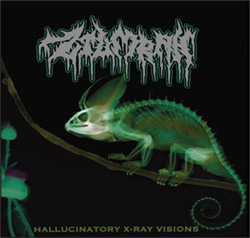
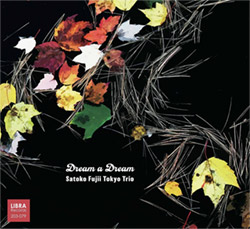
![Ackerley / Prymek / Turner: All Hope With Sleeping Minds [CASSETTE]](https://www.teuthida.com/productImages/misc4/35950.jpg)
![Myers, David Lee : Tin Drop Tear [BOOK w/ DOWNLOAD]](https://www.teuthida.com/productImages/misc4/36030.jpg)
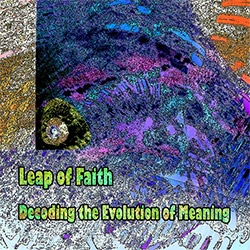
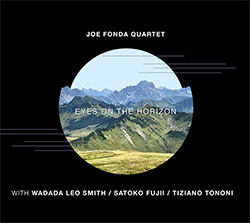
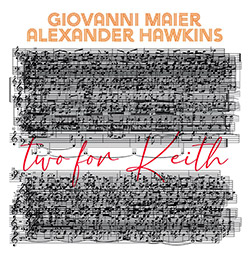
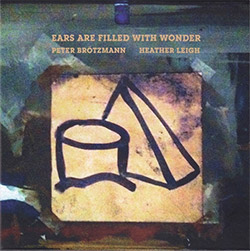
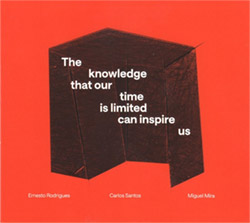
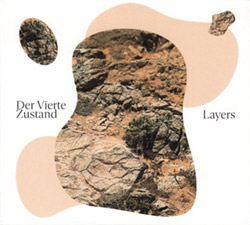

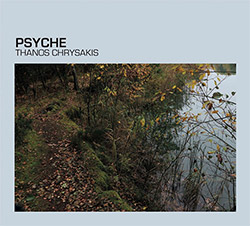
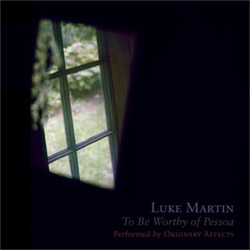
![Turbulence Orchestra & Sub-Units: Smear Out the Difficulties (Double Live) [2 CDs]](https://www.teuthida.com/productImages/misc4/36048.jpg)
![Perelman, Ivo / Tyshawn Sorey: Paralell Aesthetics [2 CDs]](https://www.teuthida.com/productImages/misc4/35871.jpg)
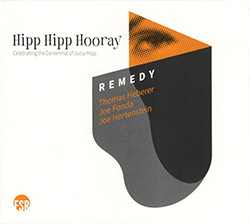
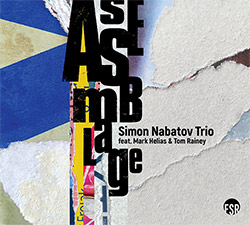
![Sjostrom, Harri: SoundScapes #4 Festival Berlin 2023 [3 CDs]](https://www.teuthida.com/productImages/misc4/35874.jpg)
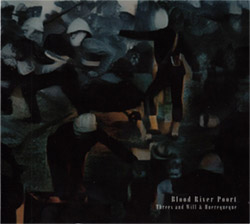
![Musicworks Magazine: #150 Winter 2024/25 [MAGAZINE + CD]](https://www.teuthida.com/productImages/misc4/36035.jpg)
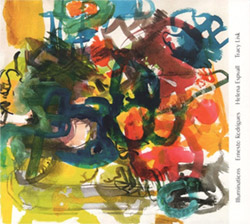
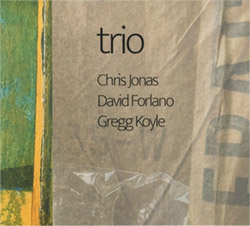
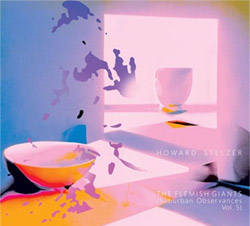
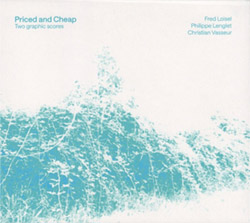
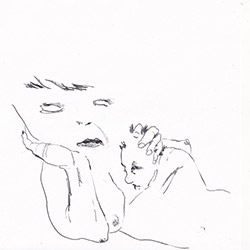
![Glenn, Jordan: Flustered [CASSETTE]](https://www.teuthida.com/productImages/misc4/35948.jpg)
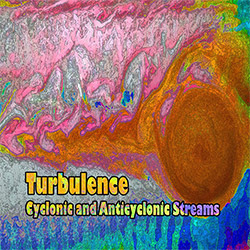
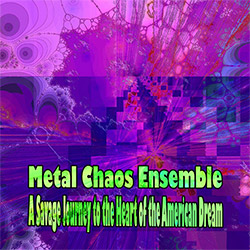
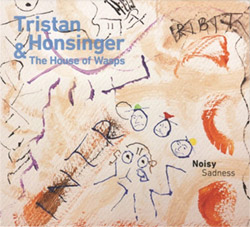
![Lindorff-Ellery, Evan: Church Recordings from Monhegan [CASSETTE]](https://www.teuthida.com/productImages/misc4/35949.jpg)
![Schindler, Udo / Werner Dafeldecker / Gunnar Geisse: Travelling Sound Images - Cognitive Transfers [Trio]](https://www.teuthida.com/productImages/misc4/35767.jpg)
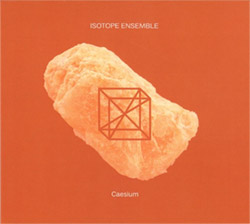
![Egberth, Dennis: The Dennis Egberth Dynasty [VINYL]](https://www.teuthida.com/productImages/misc4/35549.jpg)
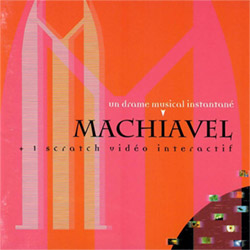
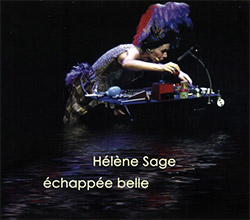
![Schindler, Udo / Rieko Okuda / Eric Zwang Eriksson: Disturbed Terrains [2 CDs]](https://www.teuthida.com/productImages/misc4/35330.jpg)
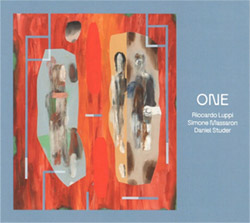
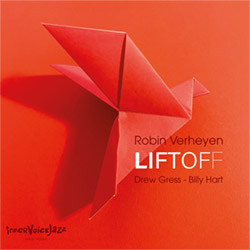
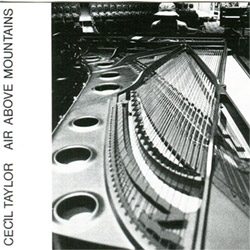
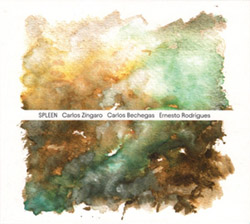
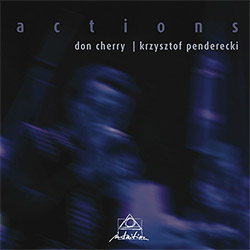
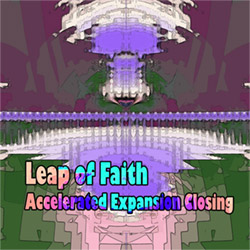
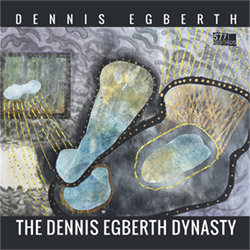

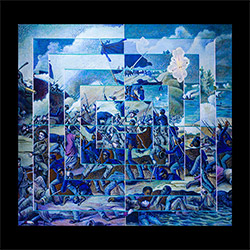
![Wolf Eyes / Anthony Braxton: Live At Pioneer Works, 26 October 2023 [VINYL]](https://www.teuthida.com/productImages/misc4/35839.jpg)

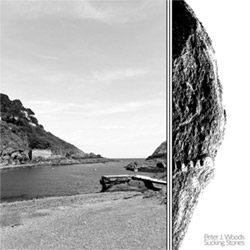
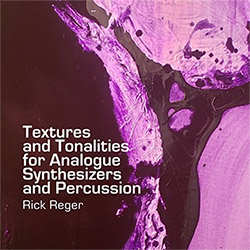
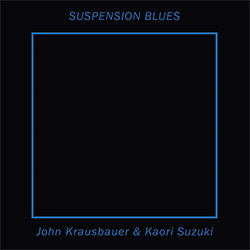
![Olencki, Weston : Pearls Ground Down To Powder [VINYL]](https://www.teuthida.com/productImages/misc4/35956.jpg)
![Myers, David Lee: Oculus [2CDs]](https://www.teuthida.com/productImages/misc4/35857.jpg)
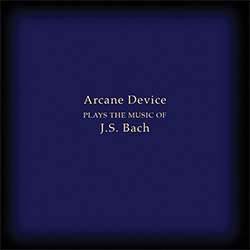
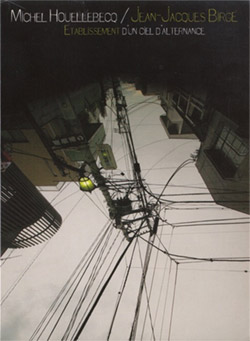
![dustsceawung: dustsceawung [CASSETTE w/ Download]](https://www.teuthida.com/productImages/misc4/35753.jpg)

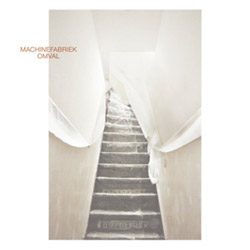
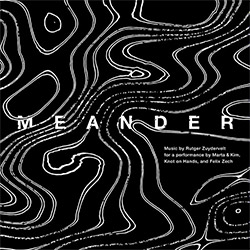
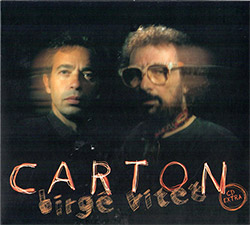
![Halls of the Machine: Atmospheres For Lovers And Sleepers [CASSETTE w/ DOWNLOAD]](https://www.teuthida.com/productImages/misc4/35806.jpg)
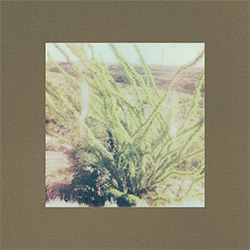

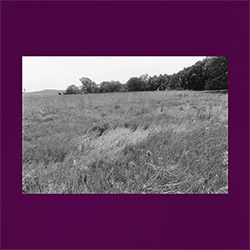
![AHC (Alexander Cooper): Lase [2 CDs]](https://www.teuthida.com/productImages/misc4/35754.jpg)
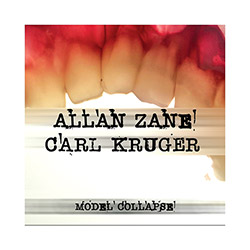
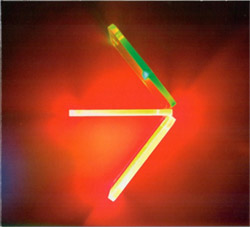
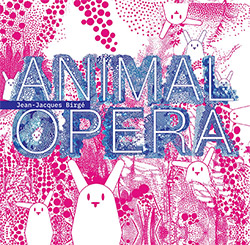
![Fagaschinski, Kai / Yan Jun : Graveyard Processions [VINYL w/ DOWNLOAD]](https://www.teuthida.com/productImages/misc4/35474.jpg)
![Brant, Cody / Carl Kruger: Smoke Detail [CASSETTE w/ DOWNLOAD]](https://www.teuthida.com/productImages/misc4/35551.jpg)
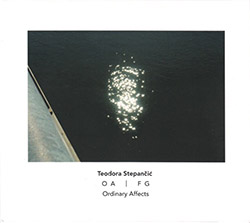
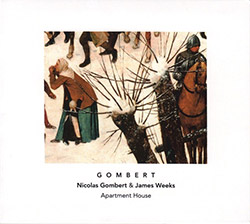

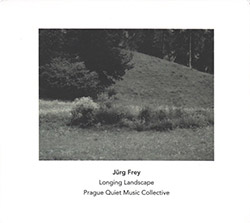
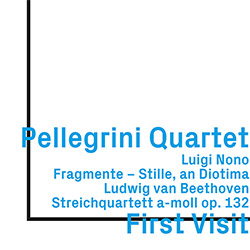
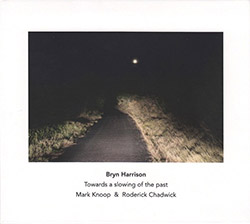
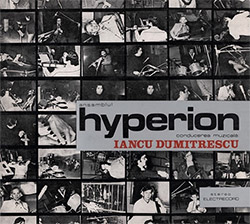
![Zorn, John / JACK Quartet: The Complete String Quartets [2 CDs]](https://www.teuthida.com/productImages/misc4/35609.jpg)
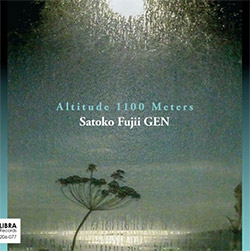
![Lonsdale, Eden: Dawnings [2 CDs]](https://www.teuthida.com/productImages/misc4/35480.jpg)
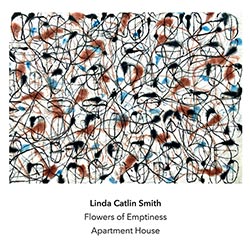
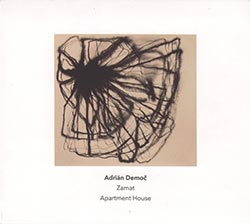
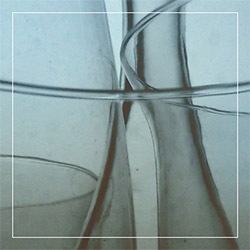
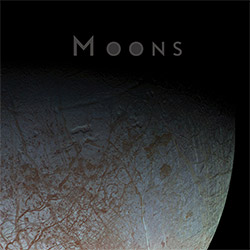
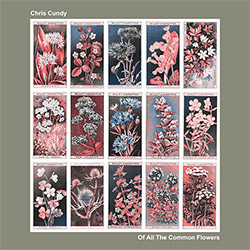

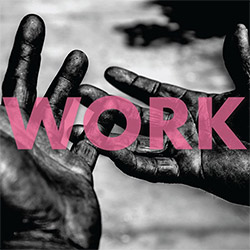
![Sanna, Claudio: Compositori Sardi Contemporanei II [2 CDs]](https://www.teuthida.com/productImages/misc4/35317.jpg)

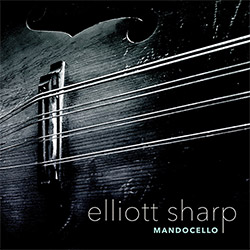
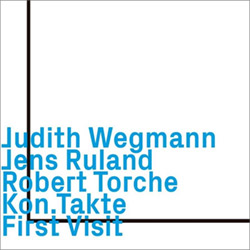
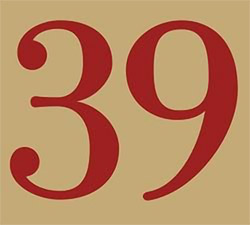
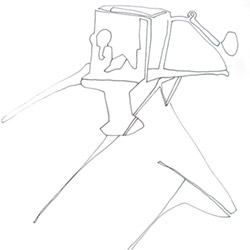
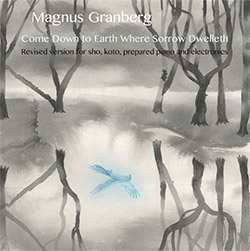
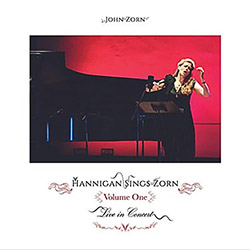
![Zurria, Manuel: Fame di Vento [3 CDs]](https://www.teuthida.com/productImages/misc4/35167.jpg)
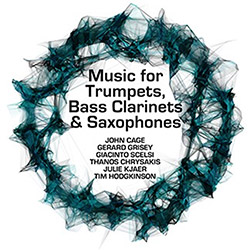
![Granberg, Magnus / Nattens Inbrott / Skogen: Holde Traume, Kehret Wieder! [2 CDs]](https://www.teuthida.com/productImages/misc4/35038.jpg)

![Electric Bird Noise / Derek Roddy: 8-10-22 [CD EP]](https://www.teuthida.com/productImages/misc4/35970.jpg)
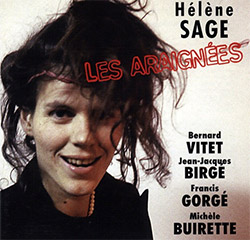


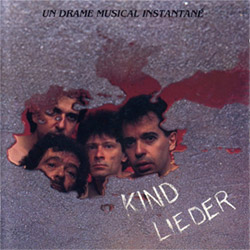
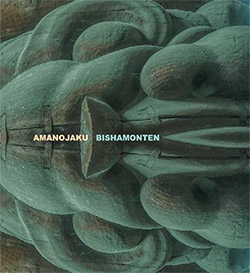
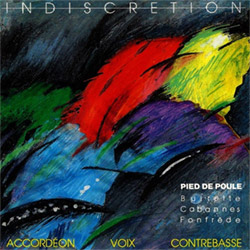
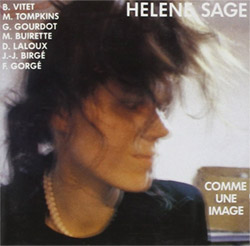
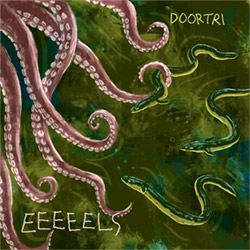
![Elephant9 : Mythical River [VINYL]](https://www.teuthida.com/productImages/misc4/34624.jpg)
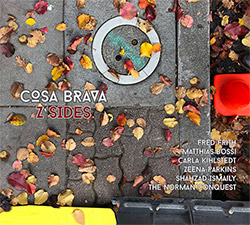
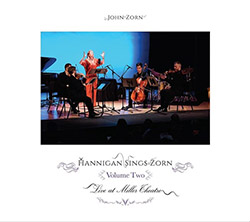
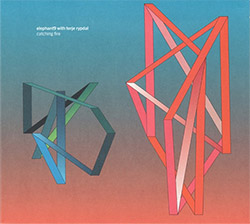
![Elephant9 with Terje Rypdal: Catching Fire [VINYL 2 LPs]](https://www.teuthida.com/productImages/misc4/35355.jpg)
![Deerlady (Obomsawin, Mali / Magdalena Abrego): Greatest Hits [VINYL]](https://www.teuthida.com/productImages/misc4/34876.jpg)
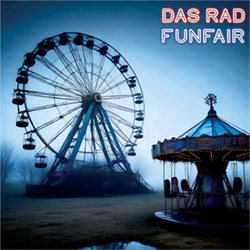
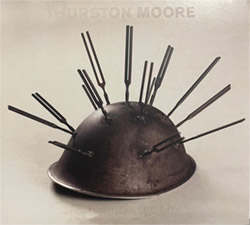
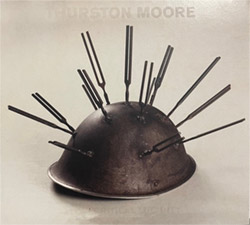

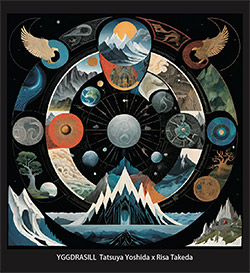
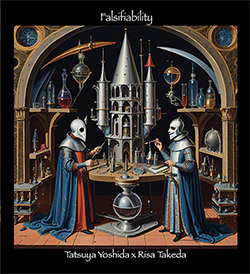
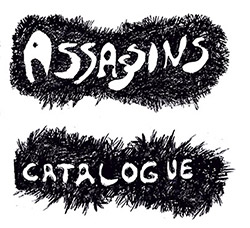
![Surplus 1980: Illusion of Consistency [CD]](https://www.teuthida.com/productImages/misc4/35069.jpg)
![Staiano, Moe: Away Towards the Light [VINYL + DOWNLOAD]](https://www.teuthida.com/productImages/misc4/35037.jpg)
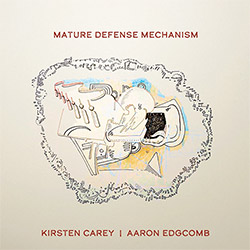

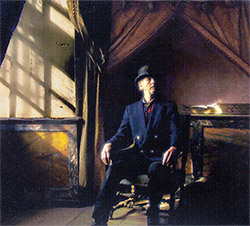
![Caveira (Gomes / Sousa / Abras / Ferrandini): Ficar Vivo [VINYL]](https://www.teuthida.com/productImages/misc4/34643.jpg)
![Coley, Byron: Dating Tips for Touring Bands [VINYL]](https://www.teuthida.com/productImages/misc4/17906.jpg)

![Lost Kisses: My Life is Sad & Funny [DVD]](https://www.teuthida.com/productImages/misc4/lostKissesDVD.jpg)